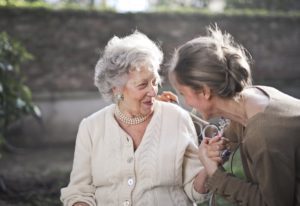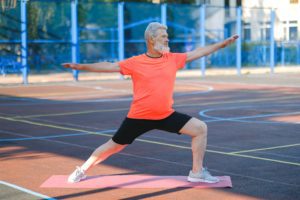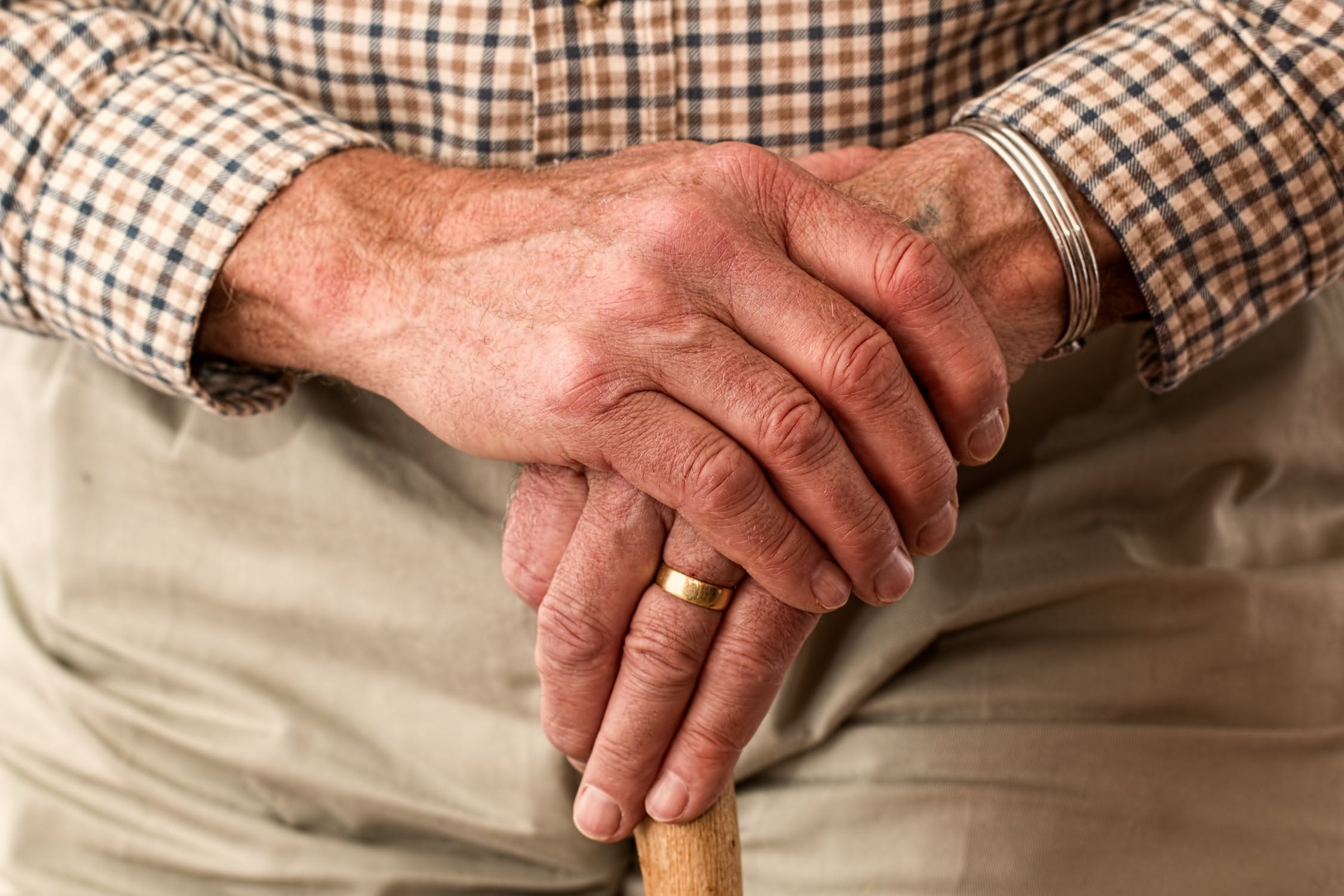Falls are the leading cause of injury-related hospitalizations in Canadian seniors, and an estimated 30% of seniors fall each year. These falls are a result of a loss of balance and difficulty walking. What causes these problems, and how can seniors who need caregivers reduce the risks of falls that come from mobility problems?
What Causes Difficulties With Walking In The Elderly?
 One of the common difficulties in walking is an illness that affects the combination of walking and balance called gait. The set of movements that make our gait are more intricate than most people think, relying on many body parts to function, including the ears, eyes, sensory nerves, muscles, and brain. If people do not catch and address issues with any of these parts, the problems can worsen and lead to walking difficulties, falls, or injury.
One of the common difficulties in walking is an illness that affects the combination of walking and balance called gait. The set of movements that make our gait are more intricate than most people think, relying on many body parts to function, including the ears, eyes, sensory nerves, muscles, and brain. If people do not catch and address issues with any of these parts, the problems can worsen and lead to walking difficulties, falls, or injury.
Most gait and balance disorders result from multiple factors, including injury, trauma, and pain and limited range of motion resulting from inflammatory problems like arthritis. Other causes include fatigue, muscle weakness in one or both legs, and numbness; the latter two make it hard for seniors to know where their feet are moving or if they’re touching the floor.
Some causes can be unavoidable, such as medications; research shows that if individuals take five or more medicines, there’s an increased risk of falls. Another cause is positional low blood pressure, which occurs when blood pressure drops upon standing (called orthostatic hypertension).
However, changes that lead to walking difficulties aren’t always a natural consequence of ageing: they are related to underlying medical conditions that the senior isn’t addressing or may have noticed too late. It means that, if caught early and by taking the proper precautions, many elderly citizens can reduce the likelihood of walking difficulties!
What Can Seniors Do To Help Reduce Walking Difficulties?
 Older patients should talk to their physicians at least once a year about falls and balance. This way, the doctor can look for complications with gait and balance and examine the hearing, inner ear, and vision to check for any dysfunction and catch potential problems early. A physical and neurological examination can figure out gait or balance problems.
Older patients should talk to their physicians at least once a year about falls and balance. This way, the doctor can look for complications with gait and balance and examine the hearing, inner ear, and vision to check for any dysfunction and catch potential problems early. A physical and neurological examination can figure out gait or balance problems.
Some issues require rehabilitation that teaches the person how to compensate for the lack of balance and prevent falls. For vertigo-caused balance issues, seniors may have to learn to reposition their head to regain balance.
However, the best preventative measures are exercise and accessibility renovations. While it’s not possible to prevent every factor that increases fall risk, routines that focus on strength and balance can reduce the risk of falling. Seniors should always talk to their doctor or a physical therapist before beginning new exercises, especially if they already have balance problems.
The proper accessibility renovations can also be a major help to the elderly. The bathroom is the biggest area – slippery surfaces and hard tile can be difficult even for those with good mobility. Walk-in showers level with the bathroom floor are safer for everyone, and grab bars installed next to bathroom fixtures improve accessibility. However, trip hazards can be found everywhere, so if there is any difficulty walking, remove obstacles like carpeting and install a chair lift for moving between floors.
Issues with gait and balance do not always have to be an inevitable outcome of ageing. Loss of mobility and falls are directly correlated to poor mental health outcomes, including loss of autonomy, isolation from a fear of falling, depression, confusion, and immobilization. With doctor’s advice, a solid exercise routine, and the right modifications to the home, more elderly people will feel more confident ageing in place!

